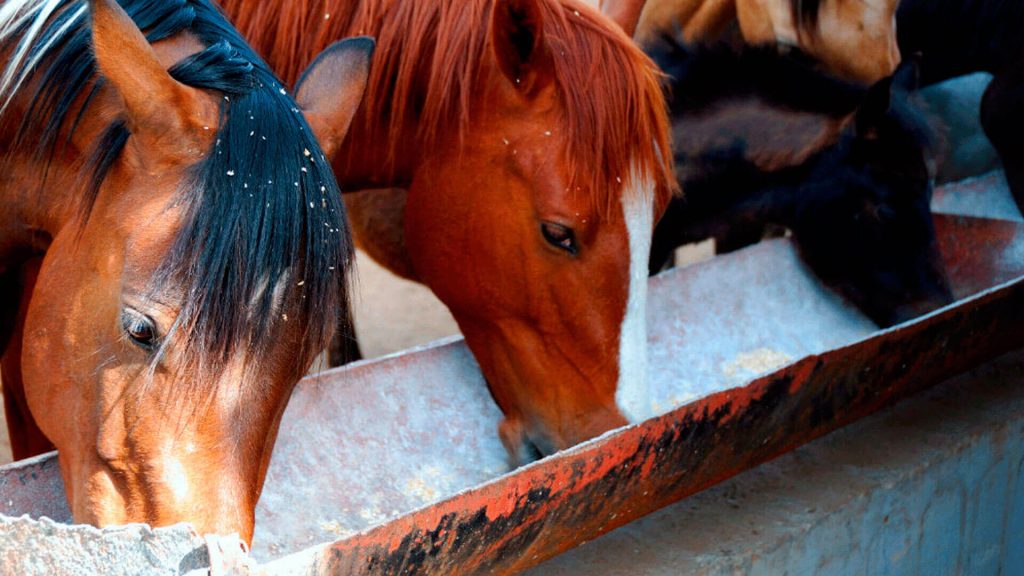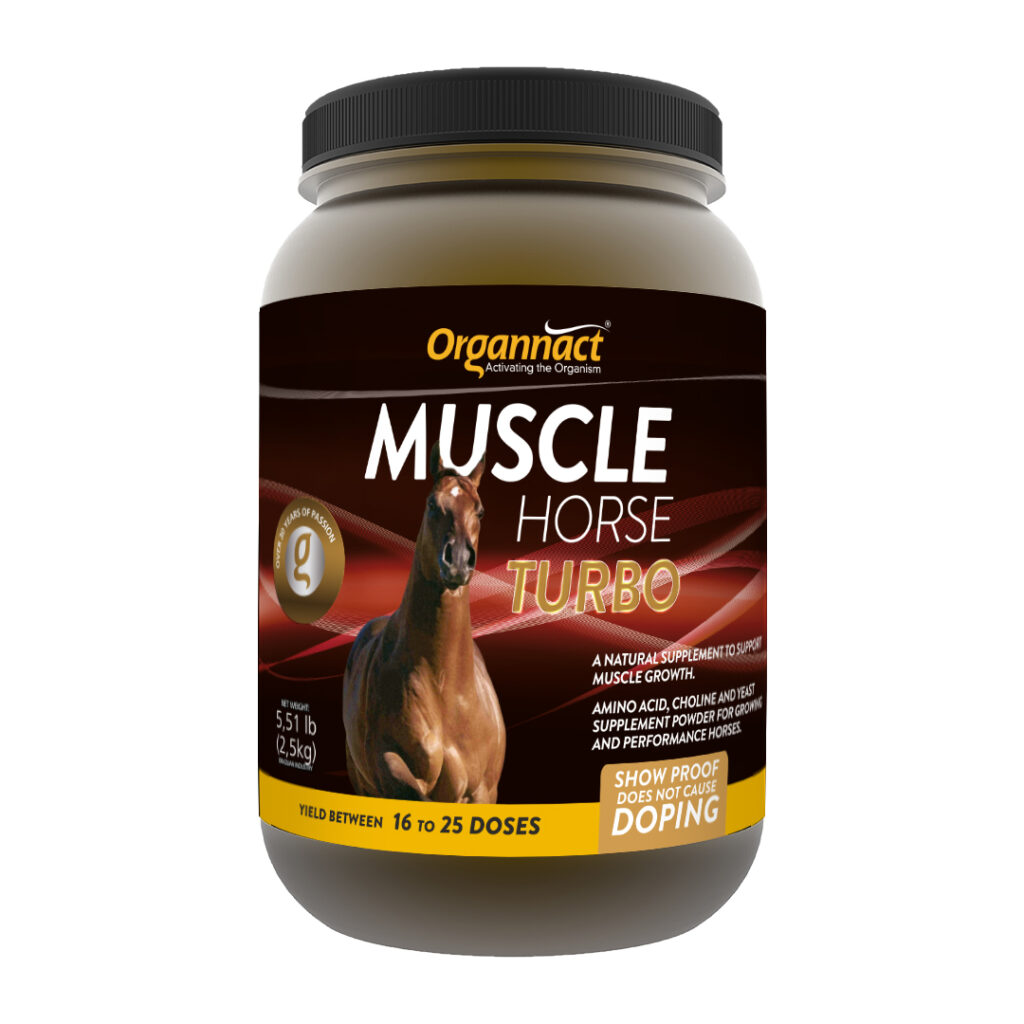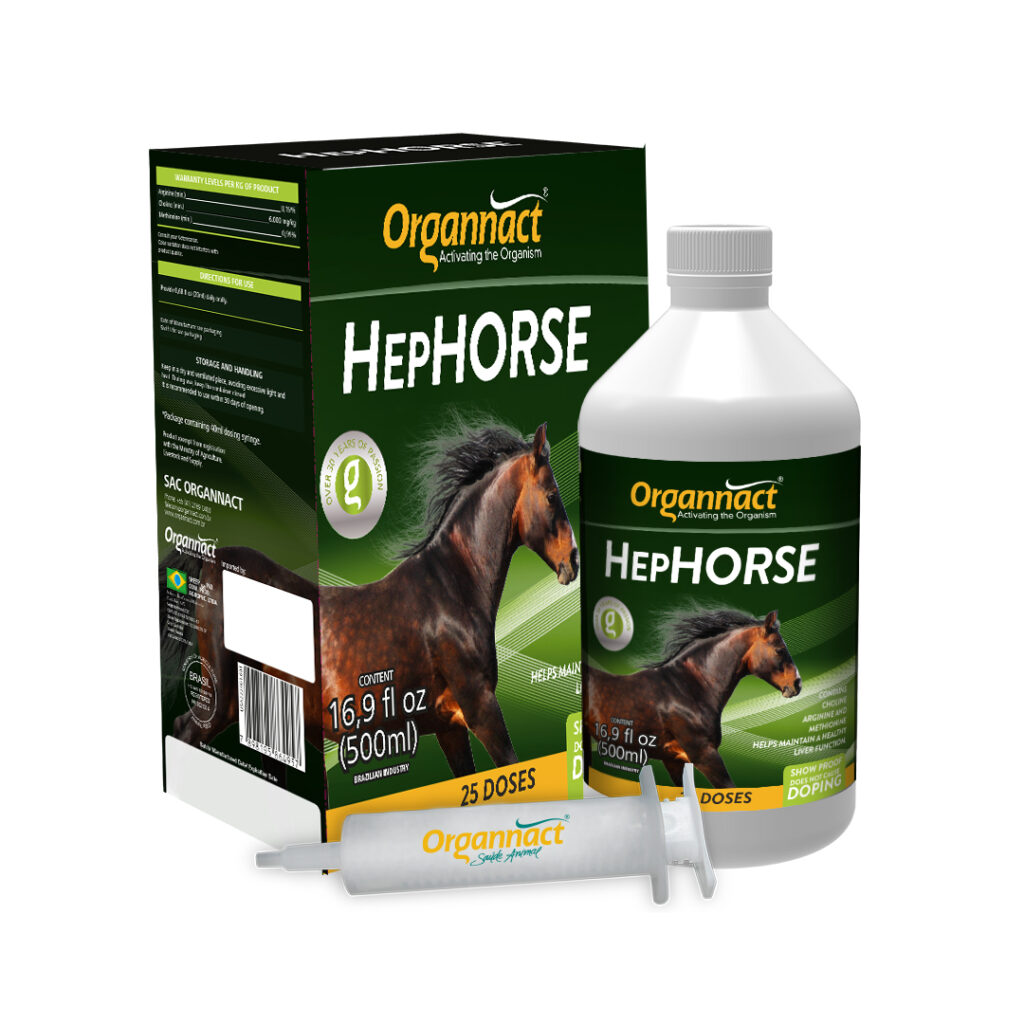Equine Gastric Health, learn more

Horses are classified as monogastric herbivores. When free-ranging, they spend 16 to 18 hours a day grazing, with brief intervals for social interaction and rest, in line with their adapted anatomy and physiology for this natural behavior. However, changes in management, diet type, space restriction, and sporting activities have altered this natural behavior, leading to a range […]



